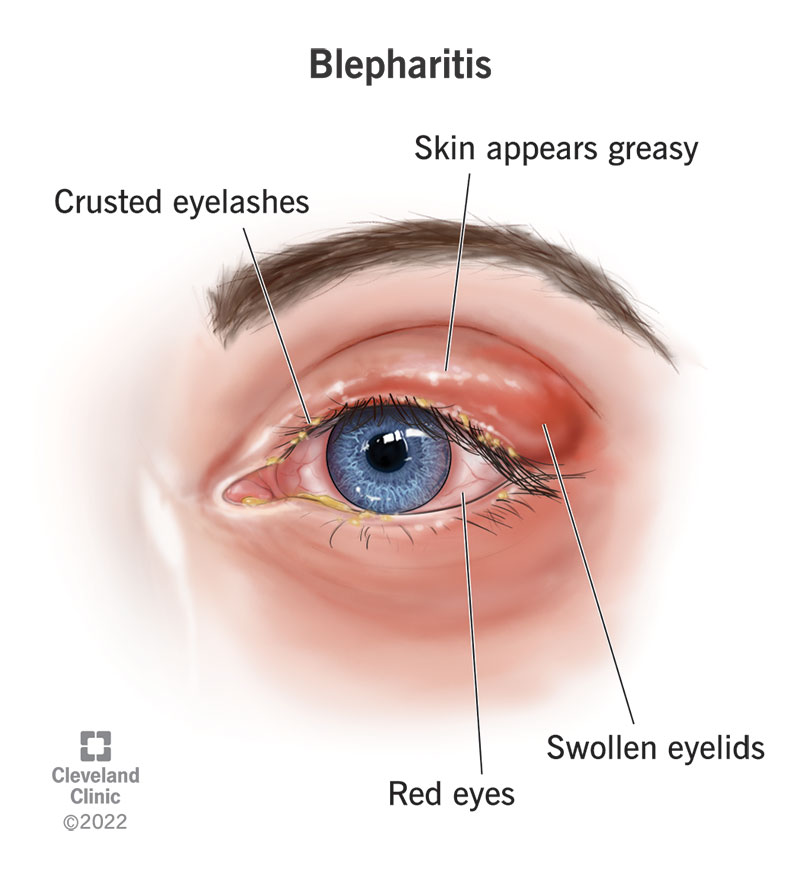All Categories
Featured
We typically hear regarding safeguarding our skin from harmful ultraviolet (UV) rays, yet did you know that UV direct exposure can also considerably influence your eye health and wellness? Understanding the effects of UV rays on your eyes and just how to secure them is crucial for maintaining long-lasting eye health.
Kinds of UV Rays. UV rays are identified into 3 kinds:
UVA Rays: These rays permeate deep into the skin and can likewise impact the internal layers of the eyes. UVB Rays: These rays mostly cause damages to the skin's surface area however can likewise harm the cornea and lens of the eye. UVC Rays: While these are the most damaging, they are mostly absorbed by the Planet's environment and do not get to the surface area. Both UVA and UVB rays are harmful to your eyes, and gradually, exposure can cause serious eye conditions.
Short-Term Results of UV Exposure. Also brief exposure to intense UV rays can lead to prompt eye damage. A typical temporary problem is photokeratitis, commonly described as "sunburn of the eye." Symptoms of photokeratitis consist of:
Inflammation and irritation. Level of sensitivity to light. Tearing or watery eyes. A sandy feeling, as if something is embeded your eye. While the symptoms of photokeratitis are short-term and generally solve within a day or 2, repeated incidents can have advancing impacts on your vision.
Long-Term Results of UV Direct Exposure. Chronic UV direct exposure can contribute to numerous significant eye problems, including:
Cataracts: Gradually, UV rays can trigger clouding of the eye's lens, bring about cataracts, among the leading causes of loss of sight worldwide.
Macular Degeneration: Extended UV exposure can harm the retina, specifically the macula, leading to age-related macular deterioration (AMD), which impacts central vision.
Pterygium: Likewise called "surfer's eye," this problem includes the growth of a fleshy cells on the white part of the eye, which can cross the cornea and impact vision.
Skin Cancer Cells Around the Eyes: The delicate skin around the eyes is prone to UV radiation, enhancing the threat of skin cancer cells, such as basic cell cancer.
Pinguecula: UV direct exposure can additionally bring about yellowish deposits on the conjunctiva, which can create irritability and discomfort.
Just How to Shield Your Eyes from UV Rays. Use Sunglasses with UV Defense: Always choose sunglasses labeled as obstructing 100% of UVA and UVB rays. Wrap-around designs provide extra security by blocking UV rays from the sides.

Make Use Of a Wide-Brimmed Hat: Hats with a large border can reduce UV direct exposure by approximately 50%, using extra protection for your eyes and face.
Prevent Height Sunlight Hours: UV rays are strongest in between 10 a.m. and 4 p.m. Limiting your outside activities during these hours can help reduce exposure.
Don't Fail To Remember About Children: Kid's eyes are more sensitive to UV rays, so ensure they use sunglasses and hats when outdoors.
Put On UV-Blocking Contact Lenses: If you put on calls, ask your eye care supplier regarding UV-blocking lenses for added defense.
Keep Protected Year-Round: UV damages isn't limited to summer; rays can show off surfaces like water, sand, and snow, making eye security required all year.
Final thought. Safeguarding your eyes from UV rays is essential to maintaining your vision and general eye health and wellness. The effects of UV exposure may not always be instant, yet they can gather over time, causing serious problems. By taking straightforward preventative measures like wearing UV-protective sunglasses, limiting direct exposure during peak hours, and on a regular basis visiting an eye treatment professional, you can safeguard your eyes from the hazardous effects of UV radiation. Bear in mind, your eyes are irreplaceable-- take steps to secure them today.
Latest Posts
Find Budget-Friendly Auto Repairs with Montclare’s Monthly Service Specials
Explore Auto Services & More: Comprehensive Auto Care Solutions from Montclare Auto Repair
Explore the Premier Auto Repair Deals in Montclare, Chicago
More
Latest Posts
Find Budget-Friendly Auto Repairs with Montclare’s Monthly Service Specials
Explore Auto Services & More: Comprehensive Auto Care Solutions from Montclare Auto Repair
Explore the Premier Auto Repair Deals in Montclare, Chicago